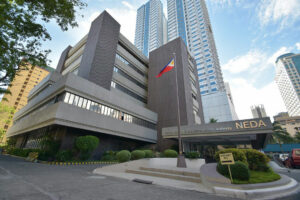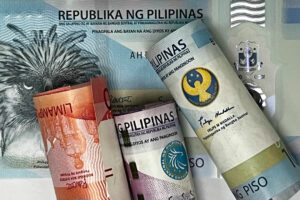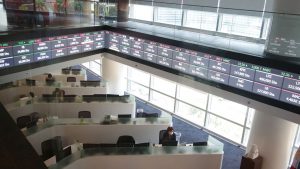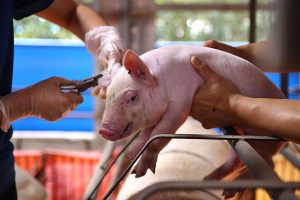PERSISTENT VOLATILITY in the peso exchange rate is a bigger concern than the currency’s current spell of weakness, National Economic and Development Authority (NEDA) Secretary Arsenio M. Balisacan said on Monday.
“The issue is really more on the stability of the peso,” Mr. Balisacan told reporters on Monday. “If the peso weakens a bit, it’s not that bad,” adding that volatility is disruptive to business overall, though it may benefit some industries.
“(A weaker peso) would make our exports more competitive… like bananas, fruits, vegetables… they become now more attractive, and farmers could earn more from those commodities,” Mr. Balisacan said.
A weaker peso can also increase the value of remittances and benefit tourism, Mr. Balisacan said.
“Foreigners would be enticed to visit because they can get more for their currency,” he said.
On Tuesday, the peso closed at P58.68 to the dollar, stronger than its P58.79 finish on Monday, according to the Bankers Association of the Philippines.
“Manufacturing, whether they are import substituting or producing for exports, benefits from the weaker peso,” he said.
May factory activity as expressed in the Purchasing Managers Index (PMI) was 51.9 from 52.2 in April, S&P Global said.
A PMI reading above 50 signifies that manufacturers are purchasing more raw material for factories to process a few months hence, thereby serving as a leading indicator for improved factory activity. A reading below 50 indicates a slowdown in raw material purchases, signaling that manufacturers are planning for reduced production.
Mr. Balisacan said monetary policy can help stabilize the peso and contain the inflationary impact of a weak currency.
“There are ways of tempering the effects of those to inflation, that’s what monetary policy makers do,” he said. “Having said that, I don’t want to see a sharp depreciation because that disrupts planning and business decisions.”
Headline inflation accelerated to a six-month high 3.9% in May, the Philippine Statistics Authority said.
Filomeno S. Sta. Ana III, coordinator at the Action for Economic Reforms, said the weaker peso has yet to manifest in hotter inflation.
“What should continue to worry us more is the main driver of inflation in the Philippines — food. So the major interventions still relate to food and trade policy in increasing the food supply,” he said in a Viber message.
“The BSP (Bangko Sentral ng Pilipinas) can use foreign exchange intervention to smoothen exchange rate fluctuations,” Mr. Sta. Ana said. — Beatriz Marie D. Cruz






